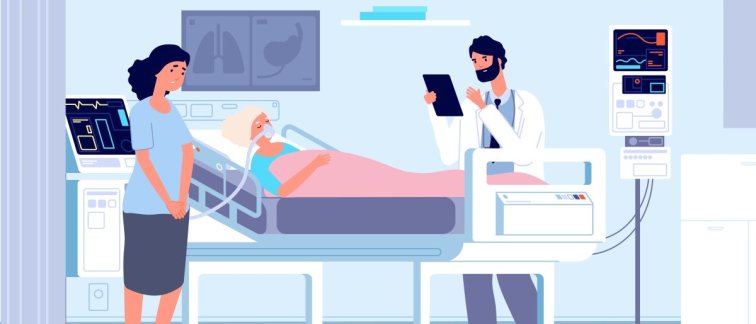Furthermore, we will examine whether SES affects individual mortality risks and benchmarking of ICUs by expanding the prognostic Acute Physiology And Chronic Health Evaluation (APACHE) IV model with SES.
SES defined as occupation, income, and education is an important determinant for health outcomes. Generally, a lower SES is associated with more adverse healthcare outcomes, known as the social gradient. It is unclear whether this phenomenon is present in patients admitted to the ICU, as not every study investigating the association with SES finds a significant effect. Additionally, no studies are performed in The Netherlands, therefore the already ambiguous results are difficult to generalize to the Dutch population.
Currently, the APACHE IV model is used to correct for case-mix (i.e. severity of illness and comorbidities) differences to enable the possibility to compare mortality rates across different ICUs. This model is mainly based on physiological and diagnostic variables. However, if an association between SES and mortality is found, it might be important to add SES to prognostic models. The calculation of an individual mortality risk and the correction for case-mix may then become more accurate. The National Intensive Care Evaluation (NICE) registry, maintained by the department of Medical Informatics, monitors the room for improvement in quality of intensive care by benchmarking. For this purpose, the standardized mortality ratio (SMR) is commonly used and the APACHE IV model is used to standardize the mortality rate. Excessive mortality, i.e. a SMR above 1, might be an indicator for suboptimal quality of care. Furthermore, it is known that SMRs vary among regions in the Netherlands. Therefore, when the APACHE IV is extended with SES, the (regional) differences found in the SMR may (partially) be explained by the variance in SES instead of the differences in the quality of care as is now assumed. This might give important insight in whether a higher SMR derives from a lower SES, or derives from suboptimal quality of care. During the project we will use both geographical area (based on 4 digit postal code) and individual SES scores from Statistics Netherlands (CBS).
We would like to get in touch with other researchers within this research field. If you have questions or want to contribute or collaborate on (sub)topics, please feel free to contact us.
Contact: Daniëlle Koornneef: d.j.m.koornneef@amsterdamumc.nl



